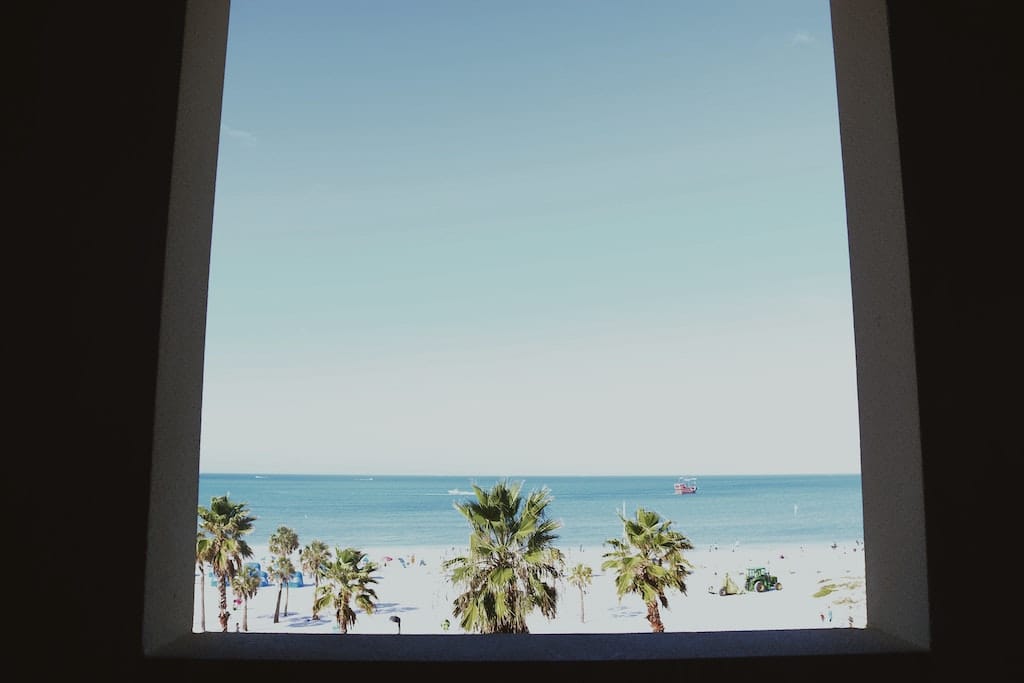All Categories
Featured
Table of Contents
Does Double Glazing Keep Heat Out in Wembley Downs WA
Laminated glass is typically utilized in locations in the house most susceptible to injury from human impact such as bathrooms, doors, around staircases and in locations near the floor (it meets the requirements of 'shatterproof glass' that is mandated for use in these locations by Australian Basic AS 1288 Glass in structures).
Toughened glass has been 'tempered' by being reheated and quickly cooled once again. This process makes it much stronger than basic glass it can resist higher effect loads before breaking. It also makes it much safer since, when it does shatter, it gets into many little cubic pieces instead of hazardous fragments.
Is Double Glazing Worth It? in Gwelup Western Australia
Toughened glass has no thermal or acoustic advantages over other glass of the exact same toning or density. Secondary glazing is where single-glazed windows are retrofitted with a transparent acrylic or glass sheet connected to the within of the frame or openable sash with a secondary frame or with magnetic strips.


Secondary glazing will not perform also thermally as a manufactured IGU, since it is impossible to completely seal the border, however it can provide good noise control. Window films are a thin polymer film including a taking in dye or reflective metal layer, with an adhesive backing. They stay with your glazing to change its colour or make it reflective.
Does Double Glazing Reduce The Heat In Brisbane's Summer? in Rockingham WA
Applied to existing glass, some window movies can halve the total SHGC of the window by absorbing and/or reflecting solar radiation. This can be especially advantageous in hotter environments where cooling is the main concern, or on east and west elevations straight exposed to extended periods of sunshine. Nevertheless, window movies might also decrease visible light transmittance.

For this factor, it is usually best to use a certified installer of window movie. Frames have a significant effect on the thermal performance of windows and doors, because energy can be acquired and lost through the frame, along with through the glass. Different types of frame will allow various levels of heat gain and loss, so mindful choice of frame is essential for efficient passive style.
Double Glazed Windows Sydney in Ascot WA
Aluminium is also a really good conductor of heat and will reduce the insulating worth of a glazing unit, unless specifically crafted to reduce this. A 'thermally broken' frame is made up of 2 aluminium areas linked by a structural insulator (usually a low-conductivity structural polymer). This 'breaks' the thermal connection through the aluminium and decreases the heat flowing through the frame.
Lumber frames are a great natural insulator that can match some home designs. Wood frames must be made from types that have naturally high toughness or be dealt with to prevent decay and deformation.
Lifestyle - West Coast Double Glazing in Calista Western Australia
(weather condition removing) is installed.
u, PVC windows and doors have exceptional thermal performance Image: Ben Wrigley (Light House Architecture and Science) Composite frames utilize aluminium profiles on the outer areas with either a lumber or u, PVC inner section. These integrate the low maintenance and resilience of aluminium with much improved thermal efficiency.
Table of Contents
Latest Posts
Does Double Glazing Reduce The Heat In Brisbane's Summer? in Spearwood Western Australia
Save Energy With Double Glazed Windows in Hocking WA
Triple Glazing – Pros & Cons in Ocean Reef Western Australia
More
Latest Posts
Does Double Glazing Reduce The Heat In Brisbane's Summer? in Spearwood Western Australia
Save Energy With Double Glazed Windows in Hocking WA
Triple Glazing – Pros & Cons in Ocean Reef Western Australia